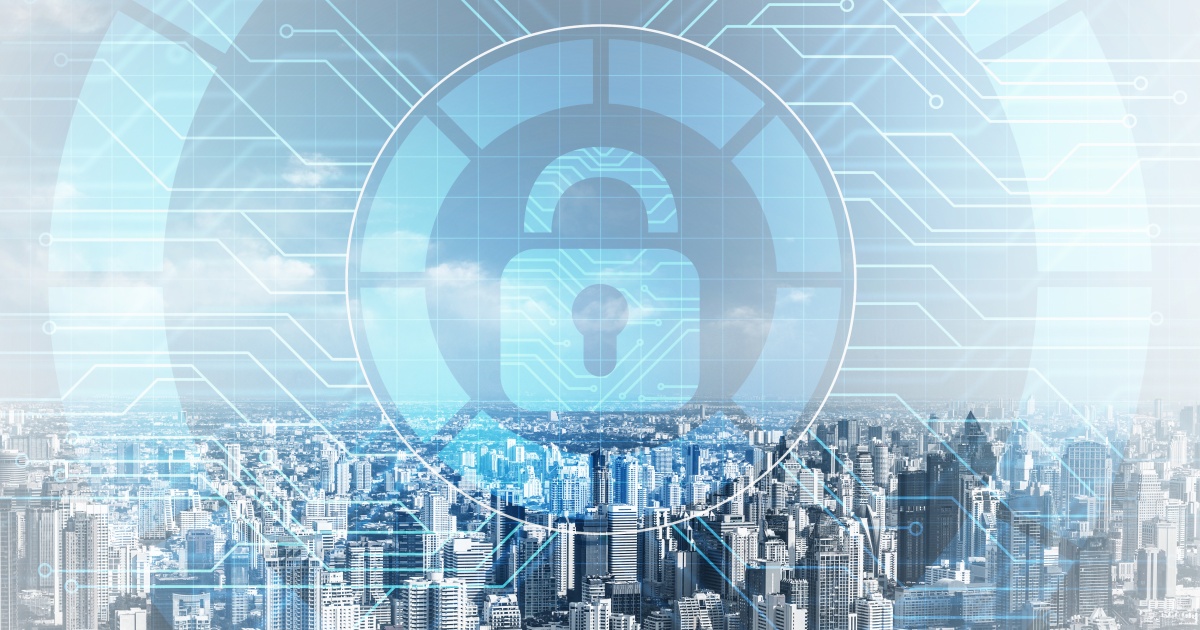
Over the last two years, the way people work has changed dramatically. Today, hybrid workforces – a mix of remote and office-based employees – are becoming standard. Even though the pandemic shutdowns are over, many businesses have found that allowing workers to connect remotely to their networks and applications helps them get more done.
This wasn’t always the case. For years, it was hard to get buy-in from leaders, largely because they were so concerned about security risks and threats of remote working. Now they’re finding that, as long as access control systems for applications and data are in place, they can trust hybrid working.
Multi-factor authentication, for instance, is one great way for organizations to improve their overall security postures and keep remote workers – or anyone else – from accessing their networks without permission.
According to the 2022 Thales Access Management Index, while businesses are still worried about security risks with remote work, they worry has decreased severely over the last few years thanks to authentication technologies and asset management tools.
In fact, 84 percent of IT professionals have some degree of confidence now compared to just 56 percent in 2021. Sixty percent this year also say they are highly confident in their tools for securing remote work, compared to just 22 percent last year.
Organizations are still focusing on security when it comes to remote working, and most understand that threats can come from a variety of angles. Therefore, the right technologies are key. Authentication and management access have gained adoption as a result.
“The past few years have cemented remote work and work-from-anywhere as a permanent part of the security landscape, and they have also introduced new security risks and challenges,” said Francois Lasnier, Vice President of Access Management Solutions at Thales. “However, growing familiarity with remote work has ultimately broadened awareness on an enterprise level of daily business security risks and has strengthened both confidence and ability in security teams and products to handle those risks and threats properly.”
Edited by
Erik Linask